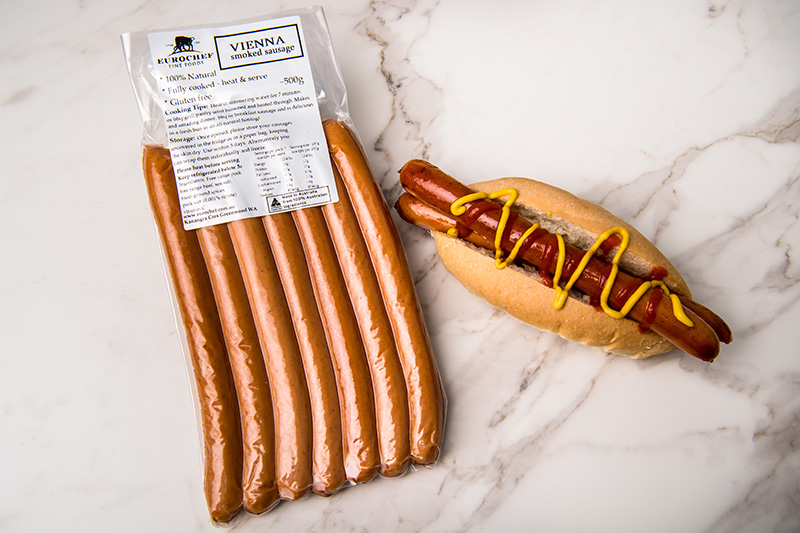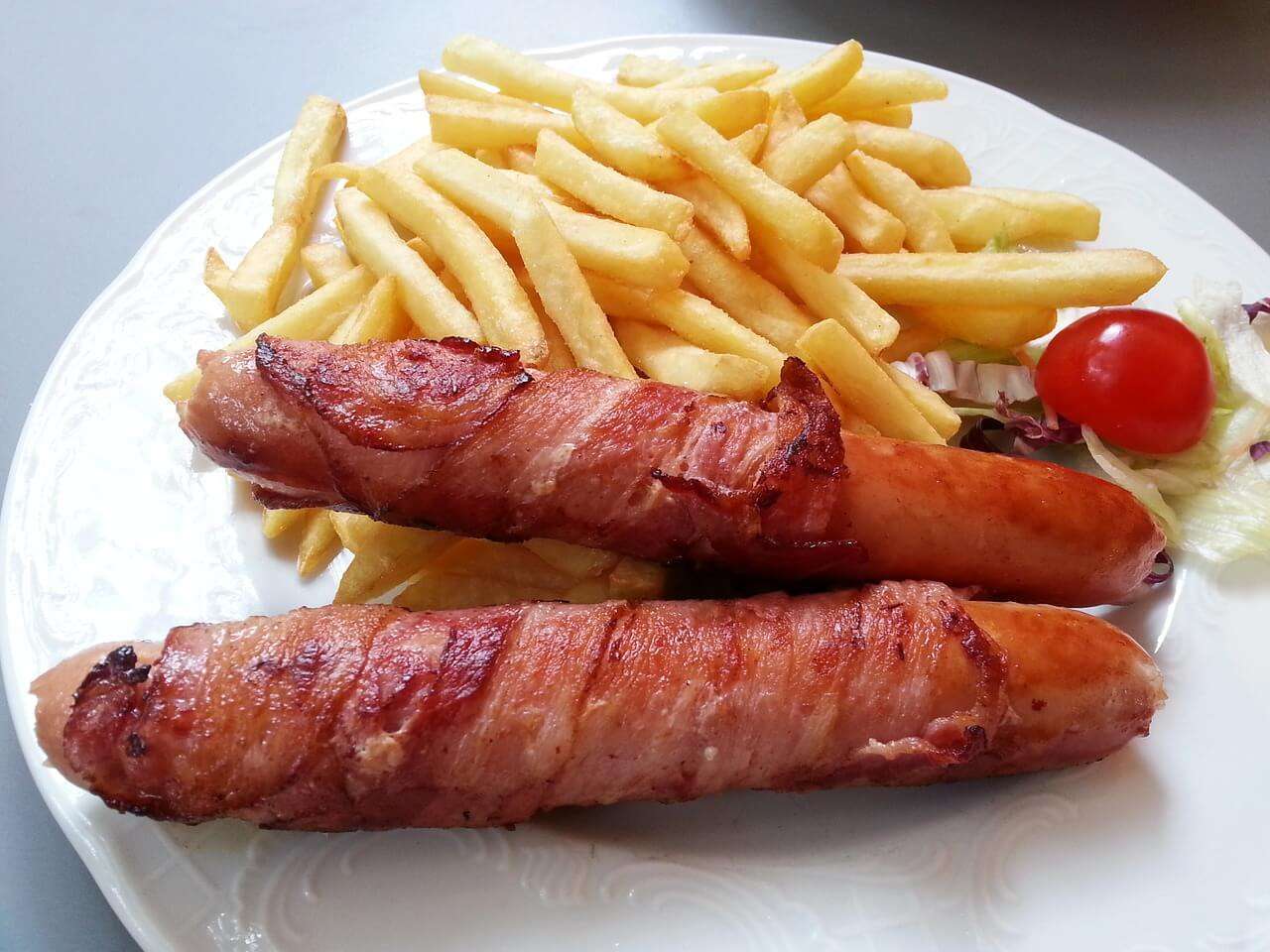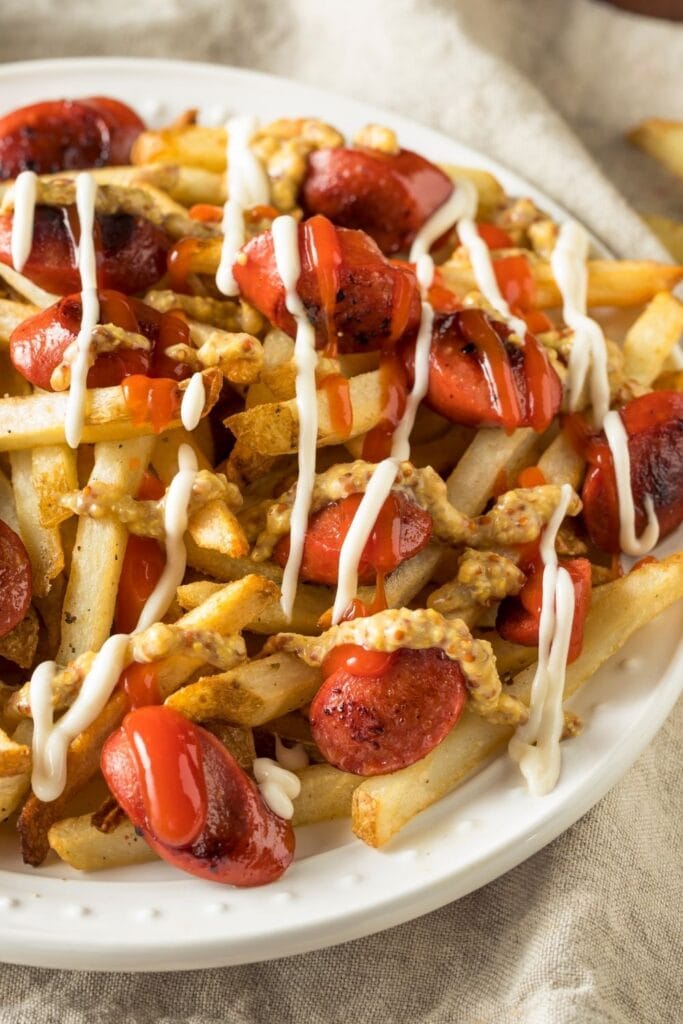


There's a limit on the amount of animal fat that they can include because the U.S. These irregularly shaped bits would be difficult to sell directly to consumers, so they freeze them into blocks and ship them to factories. When meatpackers prepare steaks and chops, they have to cut off uneven and fatty pieces of meat - trimmings. Meat trimmings are exactly what they sound like. Now, take a peek inside those industrial plants to see what ingredients go inside these two-inch sausages and how they get in the can. More importantly, people could now preserve sausages in cans, and the raging industrial revolution would drive them to do so at a massive scale, giving the world the Vienna sausage we know and love today. The days of pillaging ended, and the navy could sail farther and wider. Then, in 1809, Nicolas Appert responded to the French army's call for a better solution.

Before canned food, travelers had to rely on dried wares and fresh food they might or might not find at their destinations. Skinless Vienna sausage probably tastes far better than this predecessor, although it still uses scraps, but from meat packing plants rather than hunting sites. They stuffed small, meaty leftovers from butchering into the easiest available containers they had - the stomach and intestines. First, there's sausage, likely invented by hunters, hoping to preserve and transport every scrap they could.


 0 kommentar(er)
0 kommentar(er)
